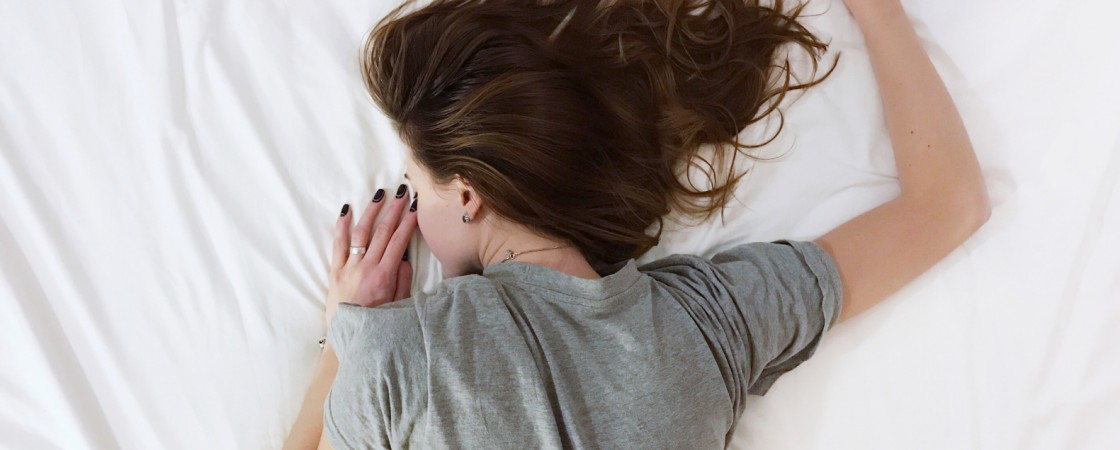World Sleep Day - Lunch & Learn - 17 March
World Sleep Society (WSS) celebrates World Sleep Day on Friday, March 19, 2021.
The slogan for the 14th annual World Sleep Day® is ‘Regular Sleep, Healthy Future.’ World Sleep Day is a call to to advocate and educate the world about the importance of sleep for achieving an optimal quality of life and improve global health.
We hosted an @one LIFE lunch & learn on 'How to get better Sleep' on Weds 17 March, to see the content click here The session included working through a 'better sleep habits toolkit' put together by www.thesleepscientist.com
.jpg)
How can we have a regular sleep?
We need to remember the two processes that regulate both the timing and length of sleep: Circadian regulation (process C) and homeostatic control (process S) also known as the two-process model of sleep. Although many other factors affect sleep, such as environment, stress, and medications; understanding these two processes will help us strive towards a consistent sleep schedule. Process C refers to our internal clock, regulated by a part of our brain called the suprachiasmatic nucleus (SCN) of the hypothalamus. This clock regulates and controls the 24-hour sleep-wake cycle via the influence of light and melatonin. In the absence of light (as during the evening hours) melatonin is produced promoting sleep but in the presence of light, the production of melatonin ceases, signaling our brain that is daytime and we need to wake up. Our behavior can override these natural signals. For instance, bright lights at night shut down the production of melatonin, delaying sleep until late hours of the night.
Process S promotes sleep based on the previous amount of time that we spent awake. During wakefulness our brain accumulates substances that promote sleep, when we sleep these substances are cleared up and we feel alert again. This process is particular important when we take naps in the afternoon, because we deplete the sleep promoting substances and we are not able to fall asleep at a reasonable time in the evening.
The best sleep is when we synchronize our sleep/wake times to our internal clock and our sleep propensity finding the perfect equilibrium between process C and process S.
It is important to remember that sleep is involved with many physiologic systems such as memory consolidation, control of inflammation, hormone regulation, cardiovascular regulation and many other important functions, therefore insufficient sleep duration and poor sleep quality will be associated with several significant adverse health outcomes. Reduced sleep duration has been shown to cause impairments in cognitive and executive function, while poor sleep has been associated with poor mental health.
World Sleep Society recommends the following 10 steps to achieve healthy sleep
- Fix a bedtime and an awakening time.
- If you are in the habit of taking a nap, do not exceed 45 minutes of daytime sleep.
- Avoid excessive alcohol ingestion 4 hours before bedtime and do not smoke.
- Avoid caffeine 6 hours before bedtime. This includes coffee, tea and many sodas, as well as chocolate.
- Avoid heavy, spicy, or sugary foods 4 hours before bedtime. A light snack before bed is acceptable.
- Exercise regularly, but not right before bed.
- Use comfortable bedding.
- Find a comfortable temperature setting for sleeping and keep the room well ventilated.
- Block out all distracting noise and eliminate as much light as possible.
- Reserve the bed for sleep and sex. Don’t use the bed as an office, workroom or recreation room.
– Dr. Lourdes DelRosso, co-chair of the World Sleep Day 2021 Committee extract from https://worldsleepday.org/




Comments
Post a comment
Sorry, your comment could not be posted.